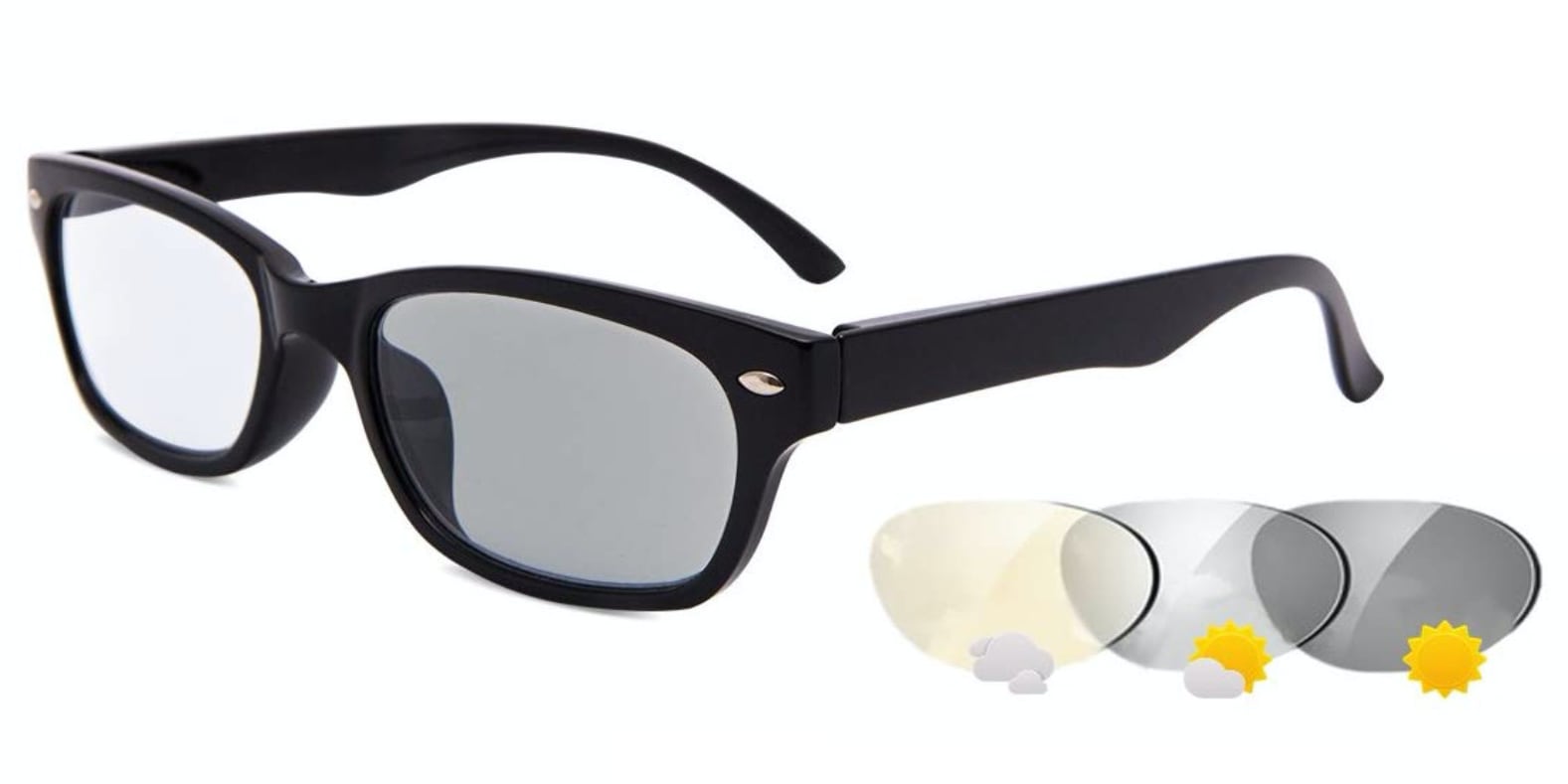Apple Patents AR Headset with Clear Lenses Which Can Turn Opaque
It is already known that Apple is working on new augmented reality eyewear technology in the background. So far, it has been tight-lipped about the project even though numerous clues have continued to trickle in. Apple is now seeking a new patent that shows the direction in which the tech company is conducting research for its AR eyewear technology.
Apple analyst Ming-Chi Kuo predicted Apple’s augmented reality glasses will be launching by the first half of 2020. The just published Apple patents provide some detail of the main concepts of the AR technology that its engineers are currently working on. The patent application lays the foundation on how Apple could transition its augmented reality glasses into either a higher-contrast AR mode or a virtual reality mode by making use of photochromic lenses with opacity controls just like in modern smart windows.

The patent application describes the invention specifically as a head-mounted display. Apple talks of the technology as an adjustable opacity system. It is a layer within the lenses in the headset that utilizes ultraviolet light to vary the transparency of the lens from clear to opaque. The same concept has been used in sunglasses for the past two decades which allowed for the development of sunglasses that automatically vary the tint when the wearer moves from indoors to the outside where the sunglasses are exposed to UV rays. The glasses are transparent when worn indoors but get increasingly darker when worn outside, with the degree of the tint increasing with the intensity of the UV rays.
The Apple patent application is proposing a design that is not necessarily passive or full-lens in scope but one that could “selectively darken portions of the real-world light from view”. It will have miniature mirrors that will direct UV light to the individual pixels within the lens, thereby dimming or fully blocking light so as to allow for better contrast in the display of computer-generated content over the real-world objects.
Current augmented reality glasses have a single level of lens transparency and this can result in digital content that looks ghostly as well as simultaneous “mixed” view of both the real and the digital elements. If Apple’s AR system will be as capable as is portrayed in the patent, the lenses could change to partially opaque in such a way that they will enhance the brightness of the digital objects. They could also potentially go fully opaque like in the virtual reality glasses.
It remains to be seen whether the photochromatic lenses shown in the Apple patent will appear in its augmented reality glasses set to appear next year. The concept in the patent is contemplating the use of pixel-sized micro-mirrors and even a heating element. Such a design could end up increasing the headset’s cost, size as well as its electronic complexity; it is akin to the use of retinal projectors in place of basic screens. On the plus side, should it be practical and cost-effective, its implementation in VR headsets could result in glasses that will be more useful in different kinds of conditions.
All in all, the technique required for the concept described in the patent is extremely complex and could only be applicable in high-end devices. It will hardly be in Apple’s planned iPhone glasses rumored to hit the market in 2020.
All these details might be apparent next year should Apple’s AR glasses rollout proceeds as predicted.
Source: Venturebeat
https://virtualrealitytimes.com/2019/10/26/apple-patents-ar-headset-with-clear-lenses-which-can-turn-opaque/https://virtualrealitytimes.com/wp-content/uploads/2019/10/Photochromatic-Lenses-600x300.jpghttps://virtualrealitytimes.com/wp-content/uploads/2019/10/Photochromatic-Lenses-150x90.jpgAugmented RealityInventionsTechnologyIt is already known that Apple is working on new augmented reality eyewear technology in the background. So far, it has been tight-lipped about the project even though numerous clues have continued to trickle in. Apple is now seeking a new patent that shows the direction in which the...Sam OchanjiSam Ochanji[email protected]EditorVirtual Reality Times - Metaverse & VR
